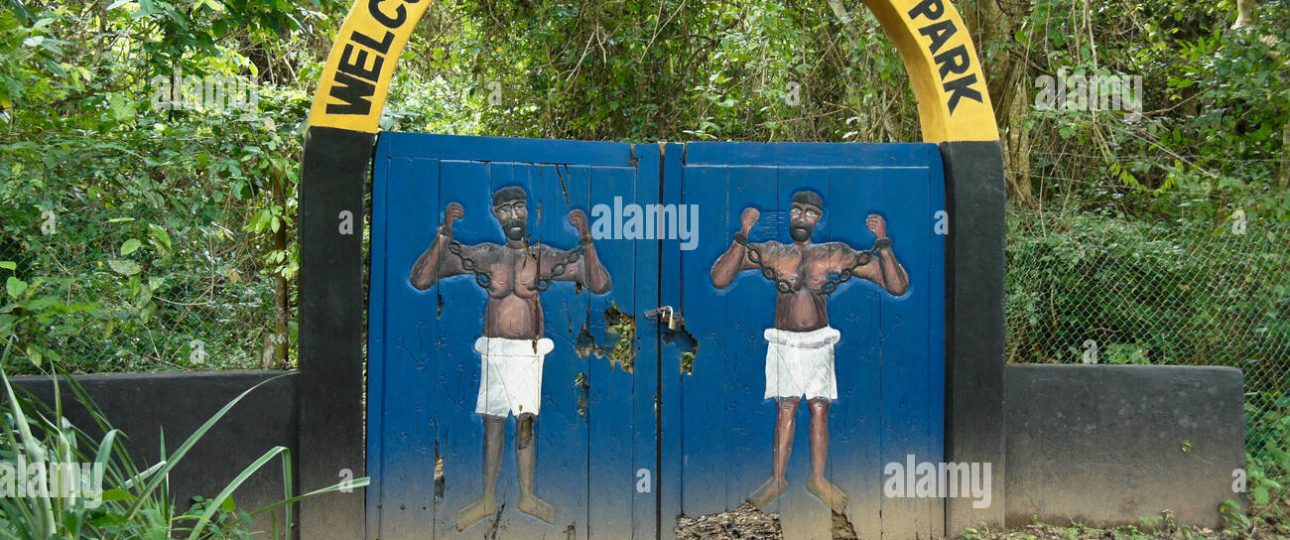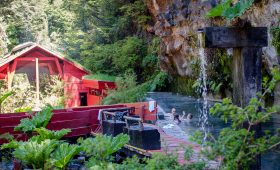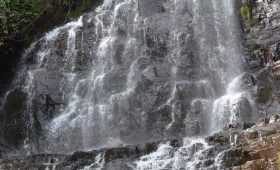Introduction
Welcome fellow travelers! Today, we are going to embark on a journey to discover the hidden gem of Assin Manso Slave River, nestled in the heart of Ghana. Get ready to be mesmerized by the captivating beauty and rich history of this remarkable destination.
A Glimpse into History
As we delve into the historical significance of Assin Manso Slave River, we are transported back in time to the era of the transatlantic slave trade. This river served as one of the major slave markets, where countless lives were bought and sold. The remnants of that dark period still whisper through the air, giving us a poignant reminder of the resilience and strength of those who suffered.
Discovering the Slave River
Located in the Assin Manso district of Ghana, this captivating river is a testament to the country’s rich cultural heritage. As you walk along its banks, you can almost feel the weight of history on your shoulders. The serene beauty of the surroundings contrasts starkly with the painful stories that unfolded here centuries ago.
Best Time to Visit
If you’re planning a trip to Assin Manso Slave River, it’s essential to consider the weather conditions. The best time to visit is during the dry season, which runs from November to March. The weather is pleasant, and you’ll have the opportunity to witness the river in all its glory without the interruption of heavy rain.
How to Get There
Getting to Assin Manso Slave River is an adventure in itself. The easiest way is to fly into Kotoka International Airport in Accra, the capital of Ghana. From there, you can hire a car or take a taxi to Assin Manso. The journey takes approximately three hours, but the scenic views along the way make it well worth it.
Local Transportation
Once you arrive in Assin Manso, you’ll find that the town is relatively small, making it easy to explore on foot. However, if you prefer to venture further afield, hiring a local guide is highly recommended. They can provide valuable insights into the history and culture of the area, ensuring you make the most of your visit.
Exploring Assin Manso Slave River
As you begin your exploration of Assin Manso Slave River, prepare to be captivated by its natural beauty and historical significance. Here are some must-see attractions and activities:
1. The Ancestral River
The Ancestral River is the heart and soul of Assin Manso Slave River. Take a moment to reflect on the lives lost and the resilience of those who survived as you stand beside its tranquil waters.
2. The Slave Market
A visit to the Slave Market is an emotional experience that allows you to step back in time. Explore the remnants of the marketplace, where human lives were once treated as commodities.
3. The Slave River Museum
To truly understand the history of Assin Manso Slave River, a visit to the Slave River Museum is a must. Here, you’ll find artifacts, photographs, and exhibits that provide a vivid insight into the lives of those affected by the transatlantic slave trade.
Practical Travel Tips
Here are some practical travel tips to ensure a smooth and enjoyable trip to Assin Manso Slave River:
- Wear comfortable shoes for walking along the riverbanks.
- Bring sunscreen and insect repellent, as the sun can be strong and mosquitoes are common.
- Respect the historical significance of the site by refraining from loud or disruptive behavior.
- Support the local community by purchasing handmade crafts and souvenirs.
- Stay hydrated and carry a water bottle with you at all times.
Summary
Let’s recap the key facts about Assin Manso Slave River:
- Assin Manso Slave River played a significant role in the transatlantic slave trade.
- The best time to visit is during the dry season, from November to March.
- To get there, fly to Kotoka International Airport in Accra and then travel by car or taxi.
- Local transportation in Assin Manso is primarily on foot, but hiring a guide is recommended for a more enriching experience.
- Must-see attractions include the Ancestral River, the Slave Market, and the Slave River Museum.
- Remember to wear comfortable shoes, protect yourself from the sun and insects, and be respectful of the historical significance of the site.
Now that you have all the information you need, it’s time to plan your visit to Assin Manso Slave River. Immerse yourself in its history, embrace its beauty, and honor the lives that were forever changed within its depths. Safe travels!




